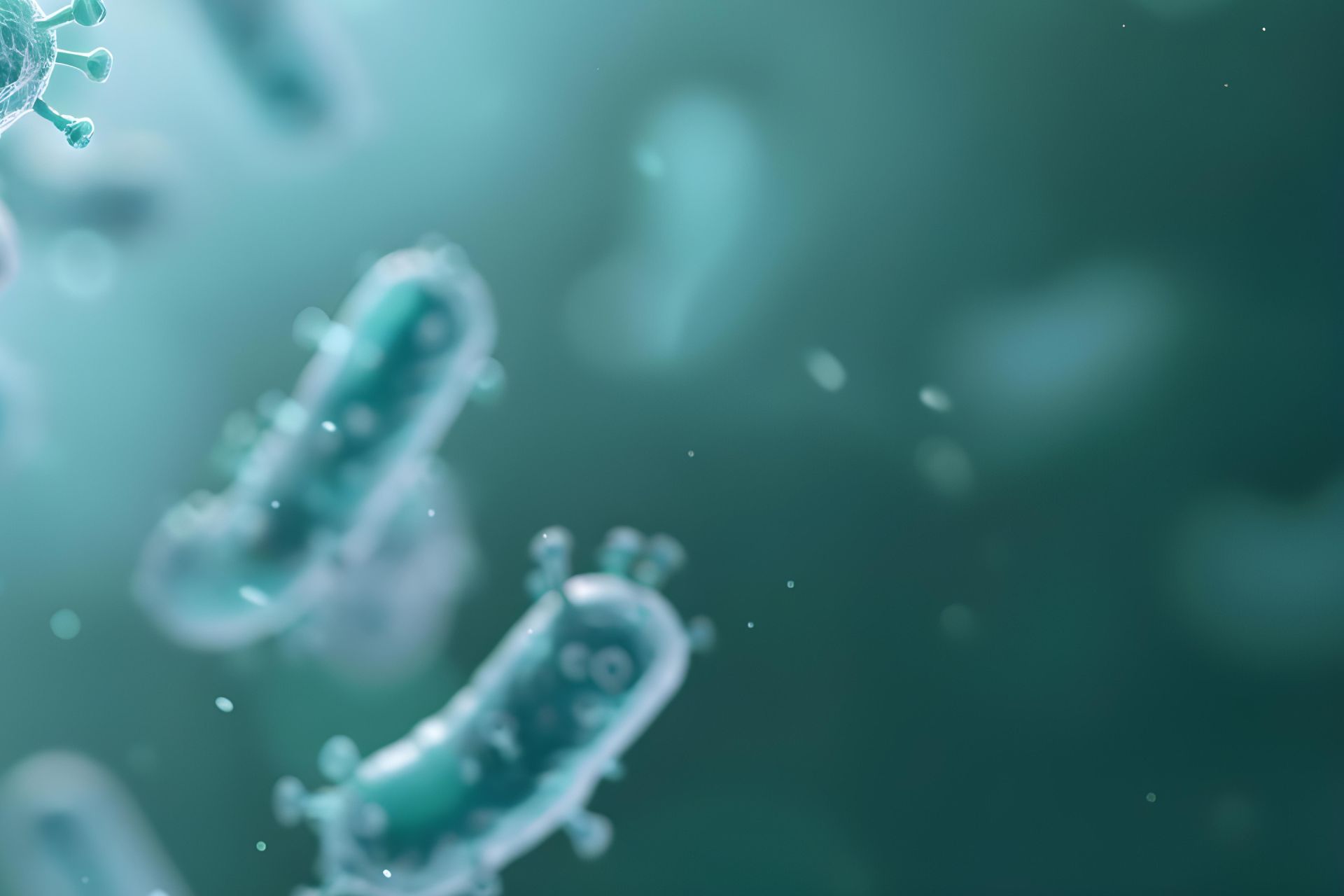N-acyl lipids are molecules known to play roles in health and disease, but many remain undiscovered due to limited detection tools. Now, researchers have uncovered hundreds of these molecules, many produced or influenced by gut microbes, and linked them to immune function and neurocognitive disorders.
The findings, published in Cell, suggest that N-acyl lipids are important, overlooked molecules shaped by diet and gut microbes.
“We anticipate that this resource will spur the development of additional ways to find N-acyl lipids and will help uncover additional biological and health associations,” the researchers say.
N-acyl lipids are made from a fatty acid and an amine, and they’re known to play important roles in the body, including controlling appetite and regulating insulin. N-acyl lipids made from short-chain fatty acids are typically produced by gut microbes, but many likely remain undiscovered because current tools can’t always recognize them.
To better detect and understand N-acyl lipids, Helena Mannochio-Russo at the University of California, San Diego, and her colleagues created a special search tool to scan public databases of chemical information from more than 2,700 studies.
Uncovering N-acyl lipids
The researchers identified hundreds of N-acyl lipids, many of which had not been recognized before. These molecules were found in humans, rodents, food, plants and microbes.
The gut microbiota appears to both produce and influence the levels of many of these N-acyl lipids. The team also found that diet and antibiotics can change N-acyl lipid levels. With this data, the researchers created a N-acyl lipid database.
To see how gut microbes and these lipids might relate to disease, the team analyzed stool samples from people with and without HIV. Certain N-acyl lipids, especially those linked to short-chain fatty acids, were higher in people with the condition, and their levels were associated with immune markers and HIV viral load.
Treatment targets
N-acyl lipids made from molecules such as cadaverine and putrescine were higher in people with HIV-associated neurocognitive disorders, the researchers also found. By growing gut bacteria in lab dishes, the team confirmed that some microbes can produce these lipids, including cadaverine-based ones.
Some of these lipids could also change how immune cells develop and function. For example, certain lipids helped promote immune cells that help keep the immune system balanced and reduced the formation of inflammatory immune cells.
These results suggest that the levels of some N-acyl lipids could be used as biomarkers or treatment targets. The new database and search tools now allow scientists to reanalyze past studies and uncover other insights about N-acyl lipids and their role in the body, the authors say.









